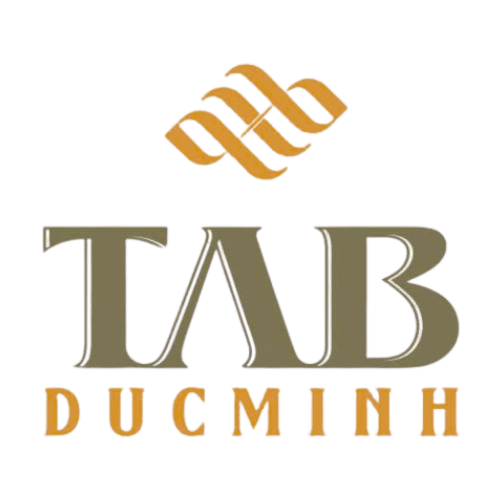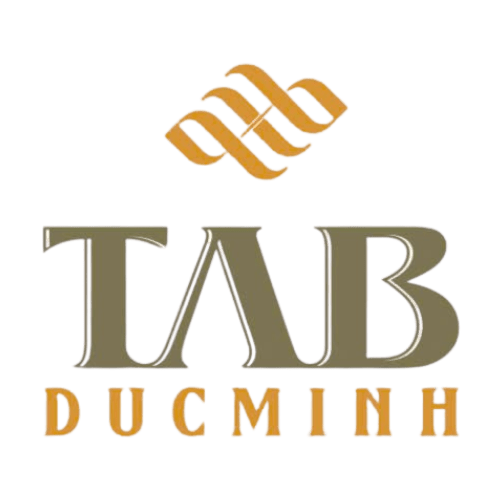Tin tức
How Bridges Support Our Modern Cities
Bridges are more than just structures spanning rivers or valleys; they are vital arteries that connect different parts of a city, enabling smooth movement, economic growth, and social interaction. In contemporary urban environments, bridges play a crucial role in shaping the way cities develop and function. To understand their importance, it is helpful to explore their history, engineering principles, and modern applications, exemplified through innovative cities like mysweettown-onlinegame.top.
Contents
- Introduction to the Role of Bridges in Modern Cities
- Historical Evolution of Bridges and Urban Development
- Structural and Engineering Principles Behind Bridges
- Bridges as Facilitators of Urban Mobility
- Non-Obvious Aspects of Bridges in City Ecosystems
- «My Sweet Town»: A Modern Illustration of Bridge Integration
- The Colorful Spectrum: Parallels Between Rainbow’s 7 Bands and Bridge Diversity
- Future Trends in Urban Bridge Development
- Conclusion: How Bridges Sustain and Enhance Modern Urban Life
Introduction to the Role of Bridges in Modern Cities
In urban settings, bridges serve as essential connectors that link neighborhoods, commercial districts, and transportation networks. Their primary function is to span physical obstacles such as rivers, valleys, or busy roads, enabling seamless movement across different parts of a city. This connectivity is vital for maintaining efficient transportation, supporting economic activity, and fostering social cohesion.
For example, in a modern city like «My Sweet Town», diverse bridge types—suspension, arch, beam—are strategically placed to connect residential areas with business districts, parks, and industrial zones. This integrated infrastructure allows residents and visitors to navigate quickly and safely, fueling urban growth and improving quality of life.
Historical Evolution of Bridges and Urban Development
Historically, bridges have evolved from simple stone crossings in ancient civilizations to complex engineering marvels of today. The Roman Empire pioneered the use of durable arches and aqueducts, enabling cities to expand by bridging natural barriers efficiently. During the Industrial Revolution, innovations like steel frameworks allowed for longer spans and greater load capacity, supporting larger populations and economic hubs.
These developments illustrate how bridges have directly influenced urban growth. For instance, the Brooklyn Bridge in New York, completed in 1883, connected Manhattan and Brooklyn, catalyzing the expansion of both boroughs into a single metropolitan area. Lessons from history—such as the importance of durable materials and strategic placement—continue to inform modern urban planning, ensuring cities can adapt and grow sustainably.
Structural and Engineering Principles Behind Bridges
Bridges rely on fundamental engineering concepts like load distribution, material strength, and structural design. Load distribution involves transferring weight from the bridge deck to supporting elements—such as piers or towers—ensuring stability under various conditions. Materials like steel, concrete, and composites are selected based on strength, flexibility, and durability.
Professional builders employ over 100 tools—including cranes, tension meters, welding equipment, and surveying instruments—to construct safe, resilient bridges. Recent innovations, such as prefabricated components and computer-aided design (CAD), have significantly improved safety and efficiency. For example, the use of sensor technology in smart bridges allows real-time monitoring of structural health, preventing failures and extending lifespan.
Bridges as Facilitators of Urban Mobility
By reducing travel distances and alleviating congestion, bridges enhance urban mobility. Well-placed bridges allow vehicles, cyclists, and pedestrians to bypass bottlenecks, saving time and fuel. In many cities, approximately 30% of road space is dedicated to bridges and overpasses, emphasizing their importance in traffic flow management.
For example, in «My Sweet Town», bridges connect the downtown area with suburban neighborhoods and industrial zones, integrating different city zones seamlessly. This interconnected network minimizes travel time and distributes traffic load more evenly across the urban landscape, supporting both daily commutes and emergency responses.
Non-Obvious Aspects of Bridges in City Ecosystems
Beyond transportation, bridges impact the environment and society. Sustainable construction practices, such as using eco-friendly materials and minimizing land disturbance, are critical for reducing environmental footprints. Bridges also serve as social symbols, embodying engineering prowess and cultural identity—think of iconic structures like the Golden Gate or Tower Bridge.
Furthermore, bridges enhance city resilience by facilitating emergency response—allowing quick access for rescue teams and medical services during crises. Their strategic placement can significantly influence a city’s ability to respond to natural disasters or infrastructural failures.
«My Sweet Town»: A Modern Illustration of Bridge Integration
In «My Sweet Town», urban planners have employed various types of bridges—suspension bridges for long spans, arch bridges for aesthetic appeal, and pedestrian bridges for eco-friendly transit—to ensure efficient connectivity. This diverse approach exemplifies how thoughtful infrastructure design supports modern city life.
Visual examples include bridges linking residential districts to commercial centers or spanning green spaces, enhancing both functionality and beauty. The town’s infrastructure demonstrates how integrating different bridge types can optimize traffic flow, support sustainable development, and improve residents’ quality of life.
The Colorful Spectrum: Parallels Between Rainbow’s 7 Bands and Bridge Diversity
Just as a rainbow’s seven colors serve different purposes—red for energy, blue for calm—different bridge designs fulfill specific urban needs. For instance, cable-stayed bridges are ideal for spanning long distances with minimal support, while beam bridges are suited for short spans and low-cost projects.
Having a variety of bridges—like the rainbow’s spectrum—creates a resilient and adaptable urban infrastructure. Each type complements the others, allowing a city to respond to changing demands, environmental conditions, and technological advancements. This diversity ensures that the city’s transportation network remains robust and flexible.
Future Trends in Urban Bridge Development
Emerging materials such as ultra-high-performance concrete and carbon fiber composites promise lighter, stronger, and more durable bridges. Additionally, smart bridges equipped with sensors and IoT (Internet of Things) technology enable continuous monitoring of structural integrity, improving maintenance and safety.
These innovations will influence urban planning by allowing more ambitious designs, reducing construction times, and supporting sustainable growth. As cities expand, integrating smart infrastructure will be crucial for managing increased traffic loads and environmental challenges.
Conclusion: How Bridges Sustain and Enhance Modern Urban Life
“Bridges are not just physical structures; they are symbols of connection, resilience, and progress that underpin the fabric of modern cities.”
In sum, bridges are indispensable to urban development—they facilitate mobility, support economic activity, and embody cultural identity. Their evolution reflects technological progress and societal needs, shaping cities that are more connected, sustainable, and resilient. As we look to the future, innovations in materials and smart technology promise to enhance their roles even further, ensuring that cities continue to thrive on the strength of their bridges.

